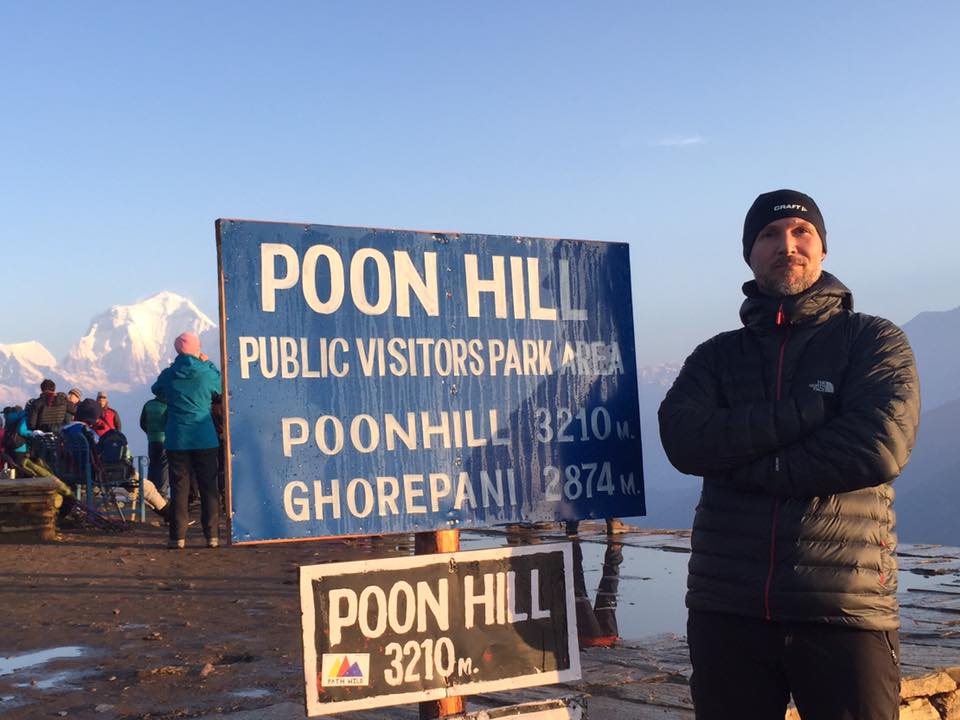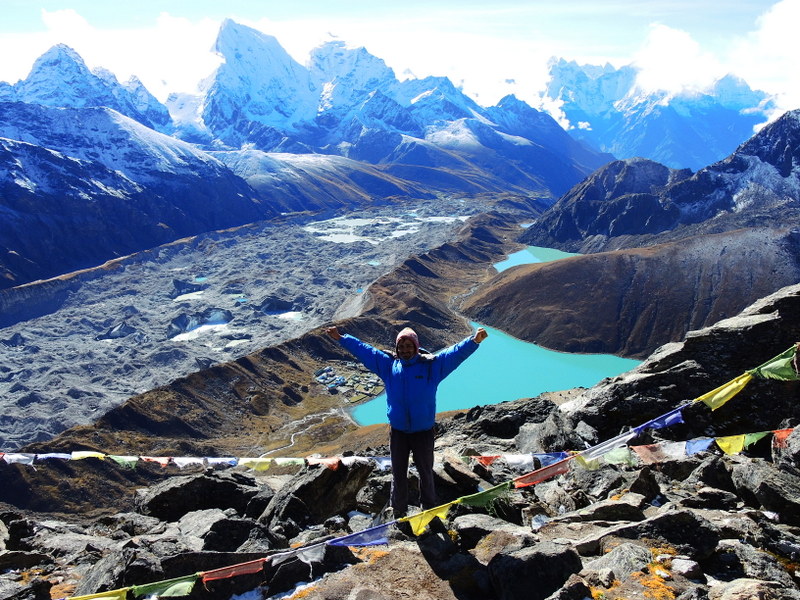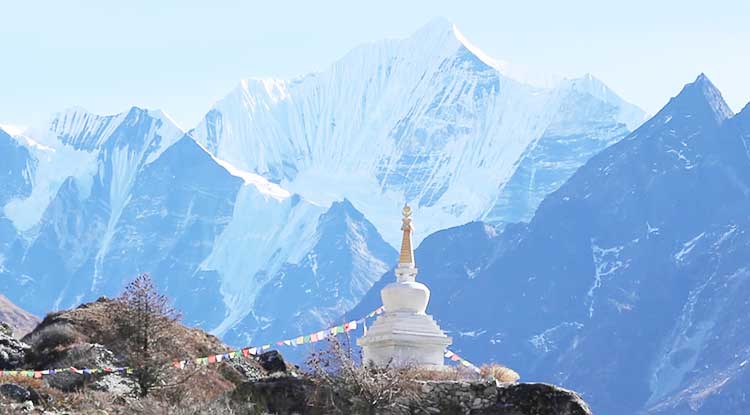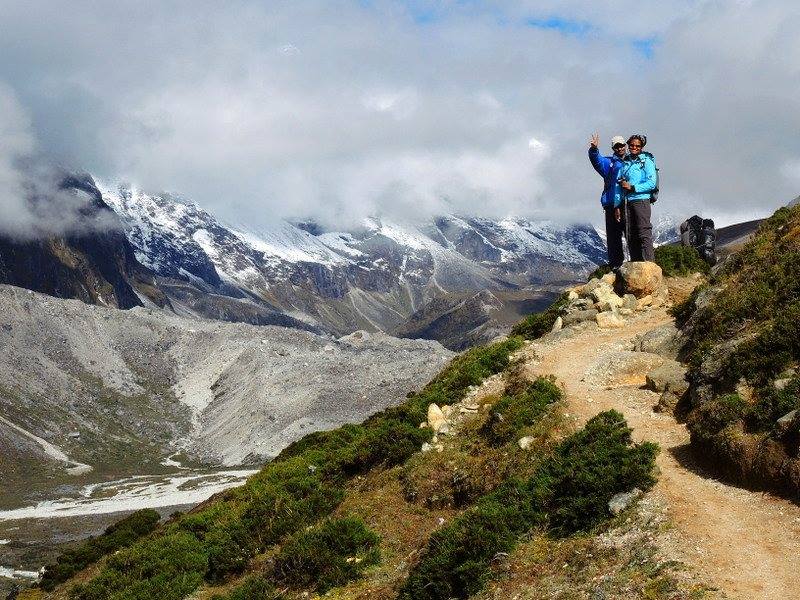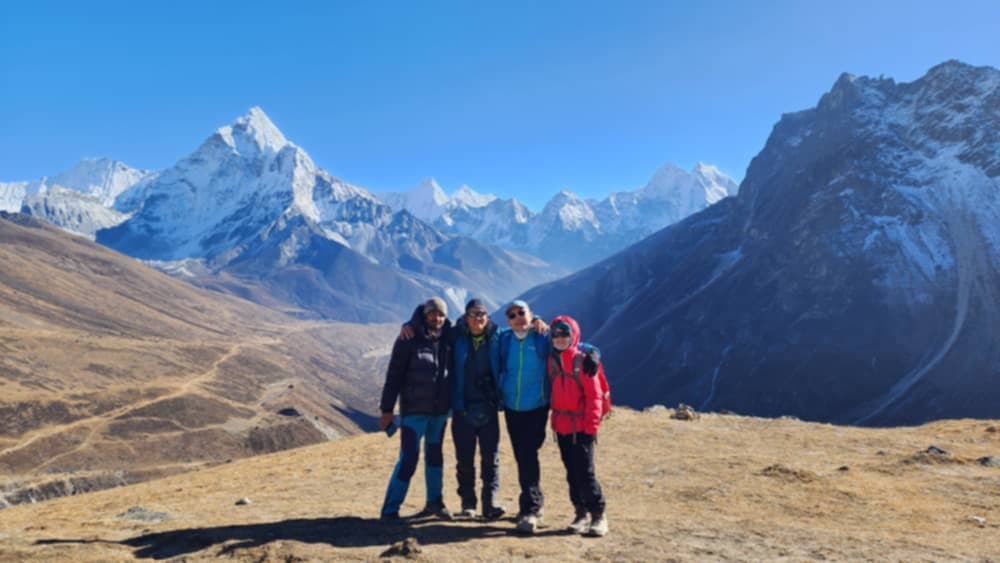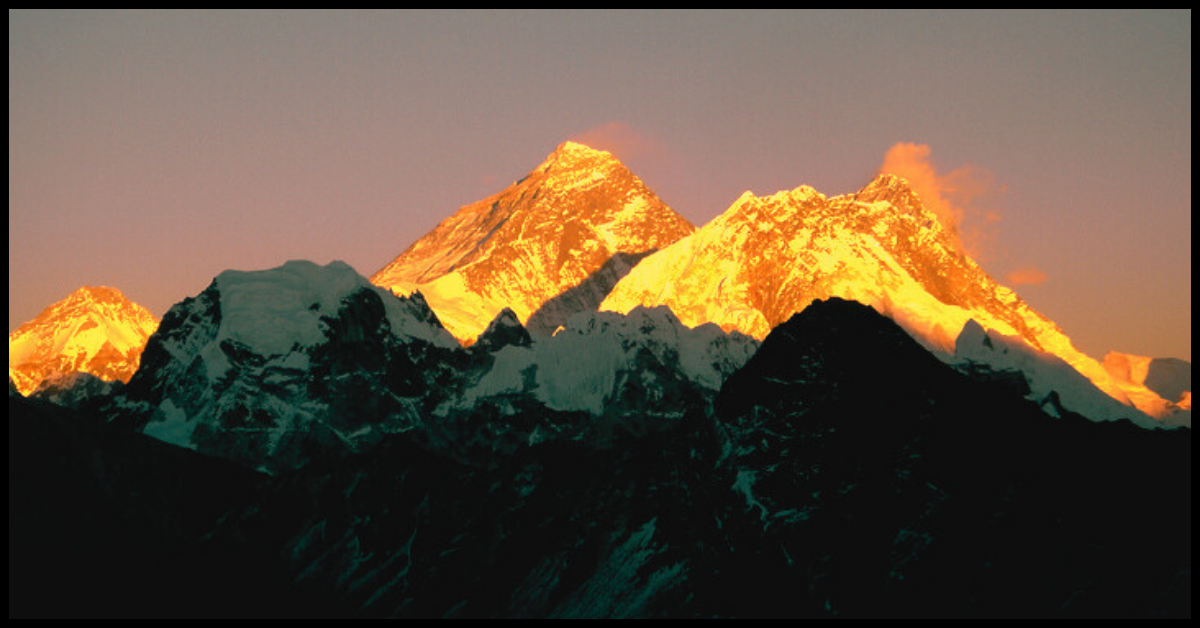Tour Description
The Everest base camp yoga trek in Nepal combines the adventure of reaching Everest base camp with the practice of yoga and meditation in the Himalayan Mountains and the surrounding countryside. It is a demanding trekking destination located in the Khumbu region of Nepal, renowned for its stunning Himalayan landscapes and rich spiritual heritage, making it an ideal destination for such a journey. This unique journey allows you to immerse yourself in the natural beauty of the Everest region while nurturing your mind, body, and spirit. Throughout the trek, experience yoga instructor will guide you through various yoga poses, meditation, breathing exercises, and relaxation techniques to harmonize your mind, body, and spirit in serene natural settings, such as monasteries, mountain viewpoints, or designated yoga spots. As you continue ascending you will pass through iconic places, before reaching Gorak Shep- the last settlement before Everest base camp. From there, you will make the final trek to Everest base camp.
Everest base camp situated at an altitude of approximately 5364 m (17598 ft) is the starting point for climbers attempting to summit Mount Everest, the world’s highest peak. Standing at Everest base camp is a significant achievement, as it offers an incredible opportunity to witness the majesty of the Himalayas and challenge oneself physically and mentally in a breathtaking mountain environment. Hence, the combination of trekking and yoga allows you to find a balance between physical exertion and mental relaxation. The trek takes you through various beautiful villages, forests, and rugged mountain terrain. It also provides an excellent opportunity to connect with nature, rejuvenate your body and mind, and deepen your yoga practice amidst the awe- inspiring Himalayan landscapes.
One of the suitable time for Everest base camp yoga trek
The weather in mountains is ever- changing due to which specific season is considered as favorable time to undertake this trek. They are spring (March, April, and May) and autumn (September, October, and November). However, winter and summer is also suitable for the trekkers seeking more adventure and want to experience thrill during the trek. As these seasons offer challenging trekking routes due to the heavy rain and snow as well.
Spring (March, April, May) at Everest is one of the best times of the year to visit. The temperature warms up rapidly but the night remains still cold and chilly, dropping to below freezing. The weather is generally bright with clear skies, days are longer with enough sunlight hours and few clouds, and view of the summit is awesome.
Autumn (September, October, and November) is another best season for Everest with the skies being clear once more after the monsoon rains and the landscape still and verdant as ever. Bright sunshine is warming, with highs of up to 17°C, though the winds can still be strong and cold, making it feel cooler. The heavier clouds are gone now, and the summit of the mountain is once more clearly visible from the base camp.
Monsoon and winter
Monsoon (June, July, and August) season sees a much higher rainfall than throughout the rest of the year. Temperature is high, reaching up to around 22°C, but the higher rainfall can make the area muddy and hard to traverse. Trekking during this month is for adventure seekers and nature lovers. Winter (December, January and February) is the months for snowfall, ice-cold season of the year, but the trek is entirely enjoyable at this time.
Permits required for Everest base camp yoga trek
To trek to Everest base camp, you need two permits:
1) The Sagarmatha National Park Permit: You will also need to obtain the Sagarmatha National park entry permit as well, since the Everest base camp yoga trek takes you through Sagarmatha National park, which is a protected area in the Himalayas of eastern Nepal. Obtaining this permit not only help preserve the natural beauty of the area but also contribute to the sustainable development of the region and the well- being of its inhabitants. You can obtain this permit in Kathmandu or at the park entrance in Monjo.
2) Trekkers’ Information Management System (TIMS) card: This is a mandatory permit for all the trekkers planning for Everest base camp trek in Nepal. You can obtain a TIMS card through the Nepal tourism board (NTB) or its’ authorized agents in Kathmandu or Pokhara. It is designated to help ensure the safety and security of trekkers. The card contains name, passport number, nationality, and the trekking route of the trekkers. If you have any queries about obtaining permits, Visit Mount Pvt. Ltd is always here for you.
Is hiring Guide and Porters is helpful during the Everest base camp yoga trek?
Hiring a local guide and porter for Everest base camp yoga trek is always beneficial as a guide can help with navigation, provide local insights, ensure your safety and a porter can assist you by carrying heavy backpack, allowing you to enjoy the trek without the added physical strain. Similarly, a guide can help identify suitable locations for your practice as well as choose a suitable times and places for yoga sessions. Moreover, having a guide can be crucial in case of an emergency, including health issues or altitude sickness, for obtaining assistance quickly during the trek. They can also make your trek more convenient by arranging your permits, transportation, foods and accommodations during the trek. This allows you to fully enjoy the trek and yoga experience. Thus, with physical and logistical aspects taken care of by porters and guide, you can focus on mesmerizing scenery, your yoga practice, and the overall experience of the trek.
Keep in mind, while hiring a guide and porters can enhance your trekking experience, it’s important to choose reputable and experienced individuals or agencies. Therefore, we recommend you to join Visit Mount Pvt. Ltd to obtain the best services of guide and porters. We have experienced licensed trekking guide with minimum 15 years of experience. They are well trained, qualified, active, and friendly with the trekkers. They always carry essential safety equipments, gear, and first aid kit. To conclude, we can provide you technically competent licensed guide with their insurance.
Food and accommodation during the Everest trekking route, what to expect?
Along the Everest base camp trek route, there are several tea houses and lodges that provide basic accommodation facilities. Rooms are available on a twin-sharing basis. Each room comes with two beds, blankets, and occasionally shared bathrooms. Almost all tea houses have hot showers available which are mostly gas heated somewhere they offer buckets filled with hot water for bathing purpose. Wifi is available everywhere in the khumbu (Everest) region. A good and reliable speed is not guaranteed. Similarly, teahouses offer a variety of dishes, which are often a mix of Nepalese and western cuisine. Dal Bhat (lentil soup with rice), Noodles, Momo (dumplings), and chapati (flatbread) are common options.
Is Travel insurance mandatory for Everest base camp yoga trek?
We (Visit Mount Pvt. Ltd) strongly recommend you to get travel insurance for any trekking adventure in Nepal, including the Everest base camp yoga trek. Remember that, your insurance should covers high- altitude trekking, emergency medical expenses, evacuation by helicopter if needed, and trip cancellation. Check with different insurance providers to find the best coverage for your needs. Travel insurance can offer you with peace of mind and cover you financially in the event of an unforeseen accident.
Altitude sickness and trek difficulty during the Everest base camp yoga trek
Altitude sickness is common in mountains above the altitude of 3000 meters. The trail to Everest base camp can be challenging and remote. Therefore it is concern when trekking to high elevations, Everest base camp at 5364 meters / 17598 feet above sea level. Altitude sickness symptoms may include nausea, headache, dizziness, fatigue, and the severe cases can lead to High altitude pulmonary edema (HAPE) OR High altitude cerebral edema (HACE). These symptoms occur when you ascend to higher altitudes too quickly, and the lack of oxygen becomes a challenge for your body to adapt. That’s why it’s necessary to acclimatize properly, stay hydrated, and be aware of your body’s signals to minimize the risk of altitude sickness during the Everest base camp yoga trek. Furthermore, cardiovascular endurance, flexibility exercises, and strength training can help prepare your body for the demands of the trek. Similarly, while passing through villages like Namche, Dingboche, and Groakshep, going slowly and spending time acclimatizing can help your body adjust to the decreasing oxygen levels.
The Everest base camp yoga trek involves trekking through remote area which includes steep ascents and descents, rocky paths, and potentially snowy conditions. So it is considered moderately to strenuously challenging trek but a highly rewarding and achievable adventure for all the trekkers with a good level of fitness and the ability to acclimatize properly. Trekkers may experience cold temperatures and also have a high chance of getting altitude sickness, especially at higher altitudes as the trek takes you to above 5000 meters (16400 feet), where the air is thin and the oxygen levels are lower.

